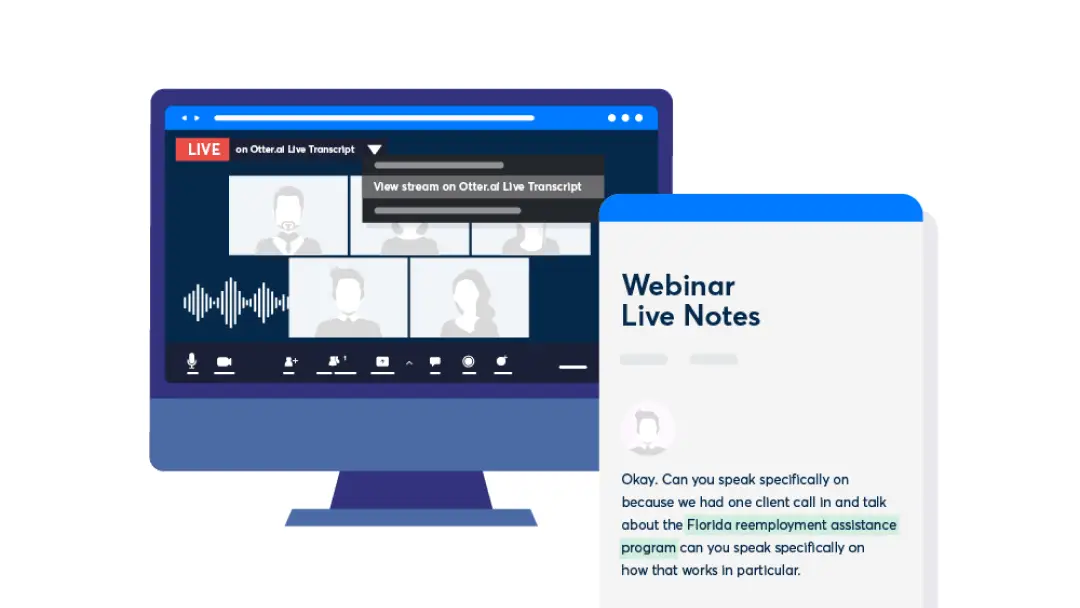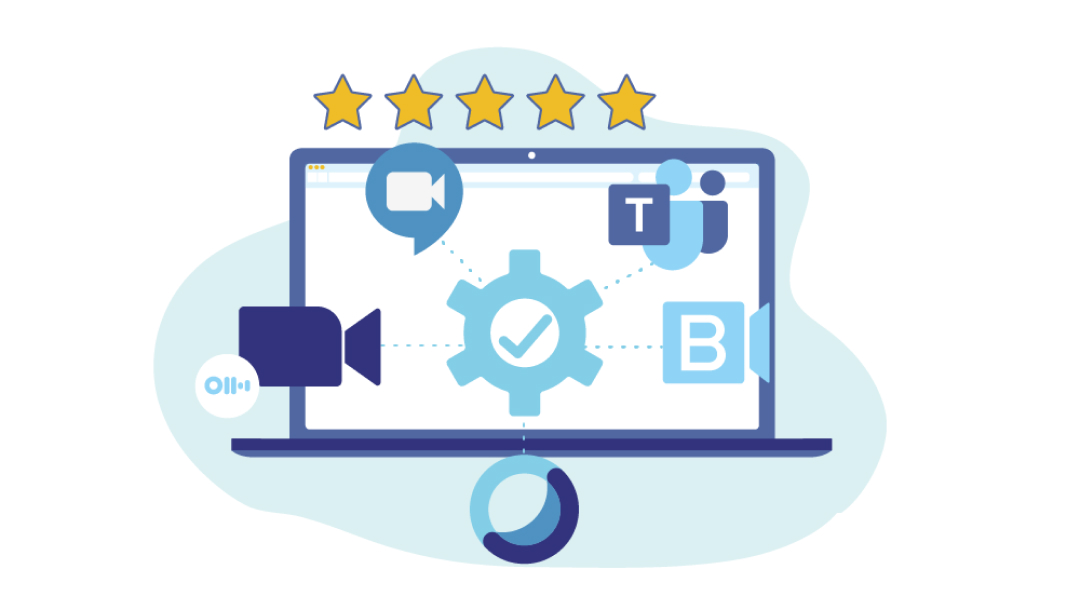5 Common Workplace Productivity Myths & Misconceptions Debunked

Productivity is always a hot topic for managers and business owners. That’s understandable—the more productive your employees are, the more your organization gets done, and the more potential you have for growth and success.
That said, don’t get too caught up in conventional thinking about productivity. There are some major myths and misconceptions about workplace productivity that need to be challenged. Here, we’ll break some of them down to leave you with the truth about workplace productivity.
Myth #1: Employees are Only Productive in the Workplace
For a long time, managers assumed that their employees were only capable of getting their work done if they were in the office, with all of their coworkers. The shift to hybrid and remote work during the pandemic proved that this was not the case.
In fact, according to the 2021 State of Remote Work from Owl Labs, 90 percent of employees operating remotely report productivity levels as high or higher than when they were working in the office.

Gallup also reports that remote workers are more productive and more engaged than people who work in person. These findings suggest that the belief employees need to be in the workplace to be productive is outdated and untrue.
Fact: Remote and hybrid employees can be just as productive—if not even more productive—than their counterparts in the workplace.
Myth #2: Working Longer Hours Leads to Getting More Done
It’s logical to assume that working for more time means employees will get more done. More time spent working equals more work completed, right?
Surprisingly, that’s not always the case. In one study spanning a 20-year period, the Economist found that more work hours were not actually correlated with higher productivity levels. German workers, for example, were seventy percent more productive than Greeks, on average, despite working 700 hours less each year.
While the rationale behind this finding is debatable, part of the reason for it may be the burnout and reduced ability to focus that occur after a certain amount of time spent working.
Fact: Productivity is much more complicated than just how many hours people work.
Myth #3: Time Management Techniques are One-Size-Fits-All
There are many different time management techniques to choose from, such as:
- Pomodoro Technique: In the Pomodoro technique, you work for 25 minutes at a time, followed by a five-minute break. After four rounds of working and breaking, you take one longer break of twenty to thirty minutes and then repeat the cycle.
- Eisenhower Matrix: Using an Eisenhower matrix involves sorting tasks into four quadrants based on urgency and importance. Tasks that are both urgent and important should be done right away, while tasks that are neither can simply be eliminated.
- To-Do Lists: Though not as elaborate as other methods, using a to-do list is a tried-and-true time management technique for a reason. It’s simple yet effective.
Most managers and team leaders know which time management technique works best for them. The misconception, however, is thinking that the time management technique that works best for you will also be best for your team members. Trying to force someone who works well with one technique to adopt a different one because you prefer it is misguided.
Fact: By allowing each team member to choose the time management technique that best suits their needs, you’ll have a more productive team overall.
Myth #4: Multitasking Isn’t Productive
Yes, it’s true that some research shows that those who multitask are more prone to distraction and more likely to make mistakes than people who focus on one task at a time.
What this research doesn’t acknowledge is that for most workers, multitasking isn’t a choice—it’s a requirement in today’s fast-paced work cultures. So rather than unrealistically telling employees not to multitask, a much better approach is to support them with tools that make multitasking more effective.
Otter, for example, can help record meetings on your employees’ behalf. That way, if they can’t be present—or if their attention is divided during the session—they can refer back to their live meeting notes later to refresh their memories.
Fact: Multitasking is a way of life. Rather than waste effort trying to eliminate it, look for ways to support employees who can’t necessarily get away from it.
Myth #5: Productivity Tools Slow You Down
Managers and team leaders have a wide range of digital productivity tools at their disposal. Yet some hesitate to implement these tools, for fear that they may have a counterproductive effect on productivity.
This myth that productivity software is too rigid or complicated to increase productivity isn’t supported by data. That said, there is an adjustment period when you first implement productivity apps or tools that may lead to temporarily lower productivity levels.
Your team will need time to learn how to use the software, but once they do, it should only enhance their overall productivity. You can choose from several categories such as:
- Note-taking tools
- Project management tools
- Communication and collaboration tools
- Documentation tools
- Time tracking tools
Most teams will only benefit from some of these tools—the key is selecting tools that match your goals and processes.
Fact: The right productivity tools can significantly boost your team’s productivity.
Otter is one such productivity tool. If your team conducts virtual meetings, Otter can automatically create meeting transcriptions for you, as well as add key meeting takeaways for easy review. Team members also have the option to highlight or comment on the notes within Otter.
To learn more about how Otter facilitates collaboration and boosts productivity, contact one of our meeting experts.





















